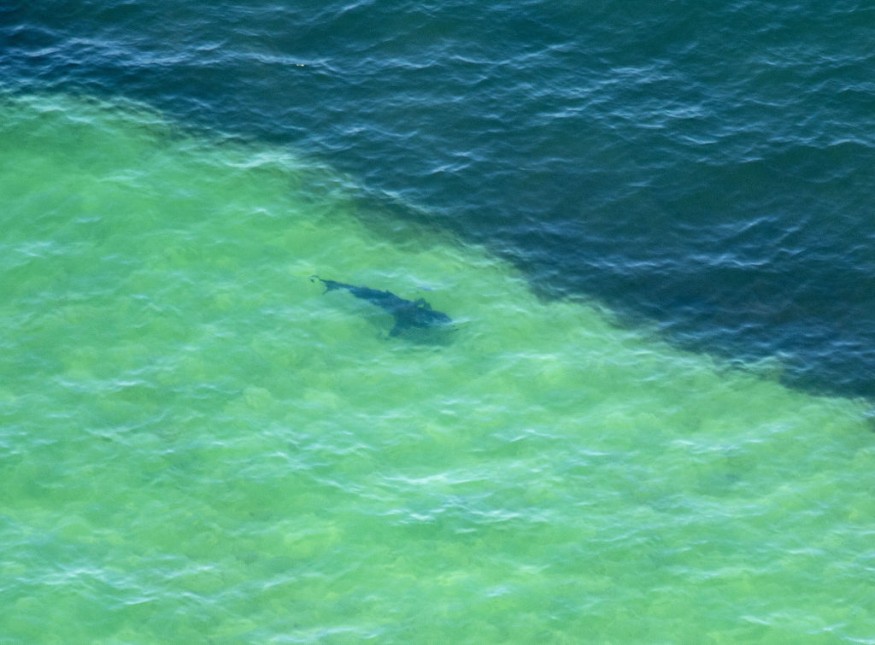A zombie shark discovered off the coast of Guadalupe Island, located 125 miles (201 kilometers) from mainland Mexico, was captured in a footage by a filmmaker during a shark cage diving activity in search for ocean predators.
The zombie great white shark was seen biting on a prey just a few inches from the filmmaker.
Zombie Shark

In a YouTube video below posted by the channel Euan Art, it can be seen that 36-year-old Euan Rannachan, a photographer and filmmaker, was inside a shark cage capturing a footage of the zombie shark biting into a bait and a prey under the waters off Guadalupe Island.
In the video, the great white shark resembled an optic feature out of a zombie movie since its eyes were completely white for a moment.
Hence, the filmmaker gave great white's name associated with the notorious "undead" known in popular culture as a zombie, which can be in the form of humans or animals as well.
A YouTube user commented on the video said the eyes of the shark is called nictitating lens.
Meanwhile, a second commentator said it was a membrane that serve as a protection to the eye.
Lastly, another user commented the zombie-like eye intended to protect the shark from blood or debris as seen in the YouTube footage.
The zombie shark video was posted in May 2019 but is currently going viral on YouTube with more than 12,000 views as of Monday, June 6.
Also Read: Shark With 300 Teeth That Has Been on the Planet for 80 Million Years Is Captured in Portugal
Nictitating Lens
Nictitating lens is caused by the nictitating membrane, a "transparent or translucent third eyelid" possessed by some animals with the aim of protecting or moistening the eye while still maintaining visibility, according to a study published in the Indian Journal of Ophthalmology in March 2017.
Similar to the discovered zombie shark off the Guatemala Island coast, nictitating lens are common as indicated by the study's researchers.
However, the paper centered its approach on a rare case report of a nine-year-old girl with a persistent unilateral nictitating membrane.
The case study is unique since a nictitating membrane is no longer present among humans due to its state of being vestigial, which means the remnant of the membrane no longer serves its initial purpose.
This dormant optic feature that is rare among primates can be associated with the development of our eyelid covered with skin, such as those of humans, which serve as an alternative protection of the eye instead of the nictitating lens.
Furthermore, the said study suggested that a fully-developed nictitating membranes are found in various animal groups like amphibians, birds, fish, mammals, and reptiles.
Zombie Shark Sightings
Despite of the scientific background explaining the zombie shark's feature, the footage has still been deemed bizarre.
However, there are other related zombie shark sightings that do not pertain to having a nictitating lens.
In November 2012, another YouTube video posted by the MRU TV channel shows a half-eaten zombie shark. The footage was originally captured by 35-year-old Mario Lebrato, a scientist from Spain.
The scientist reportedly said he was in a state of shock after he saw the marine animal was mauled from a cannibalistic attack, presumably from another shark.
In addition, there was a discovered zombie shark at an abandoned aquarium. The shark was not actually dead, instead, it was covered with molds. The incident went viral in March 2022 after a French YouTuber uploaded the footage on her YouTube channel and her TikTok account, according to BGR Media.
© 2025 NatureWorldNews.com All rights reserved. Do not reproduce without permission.





